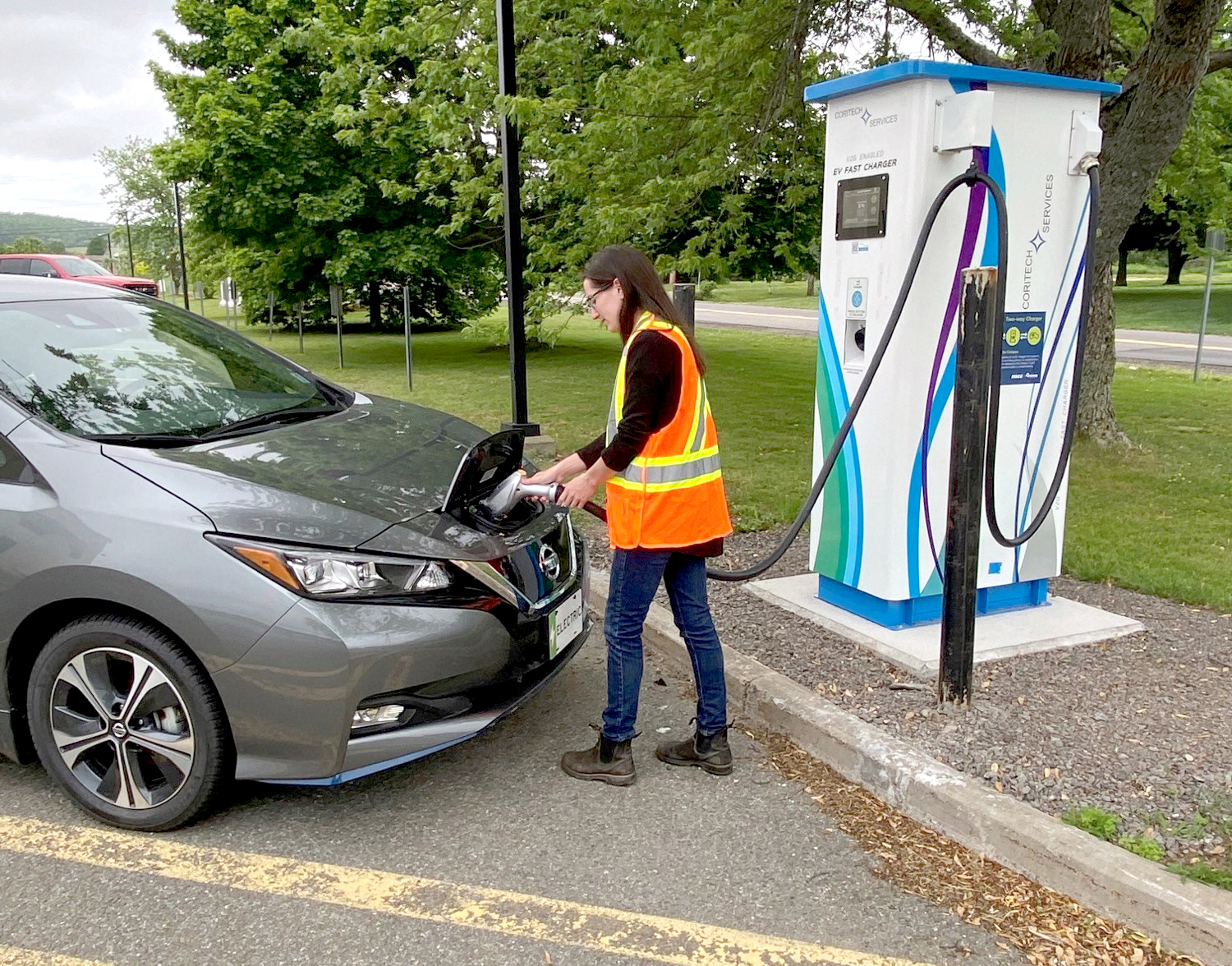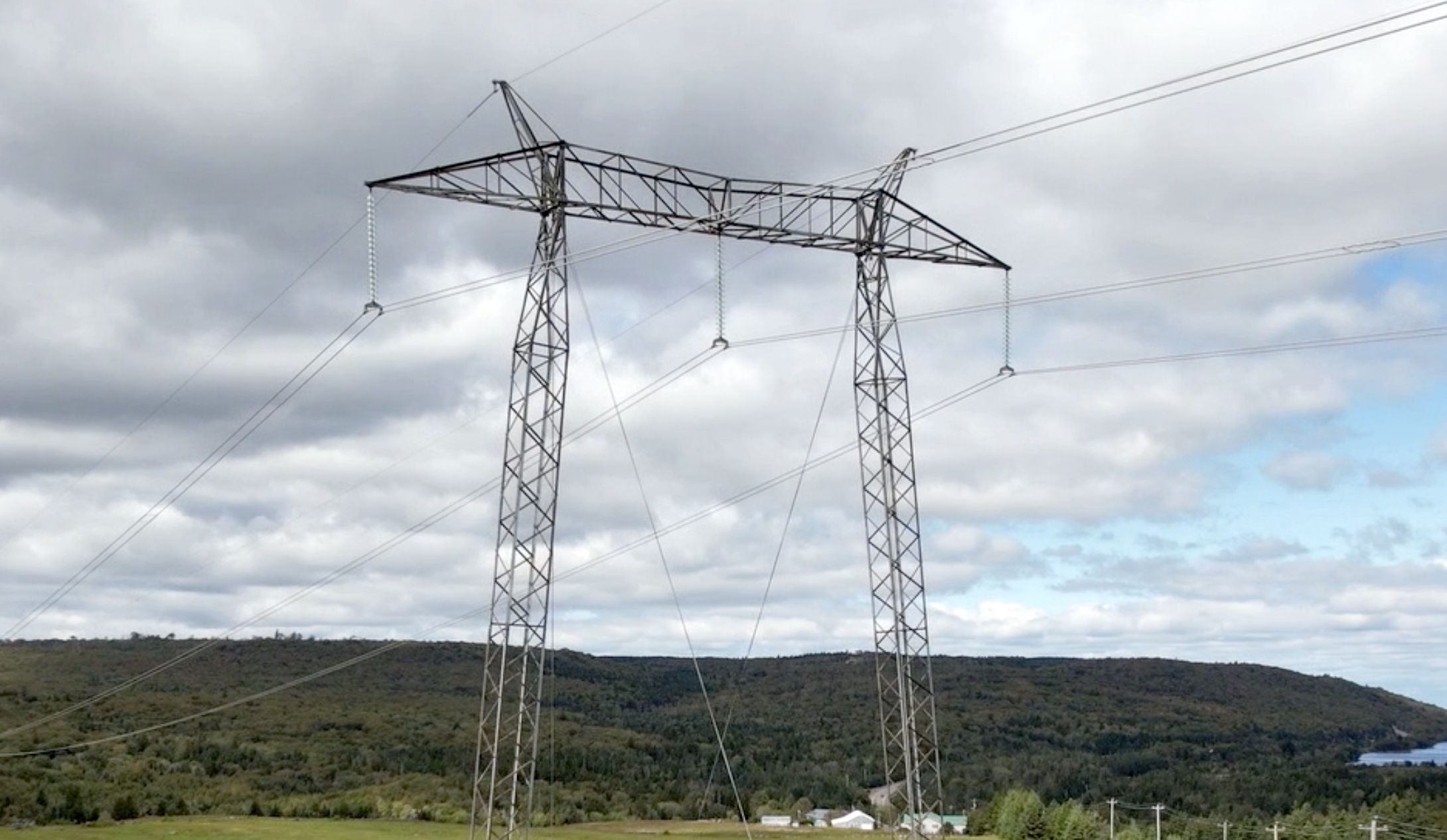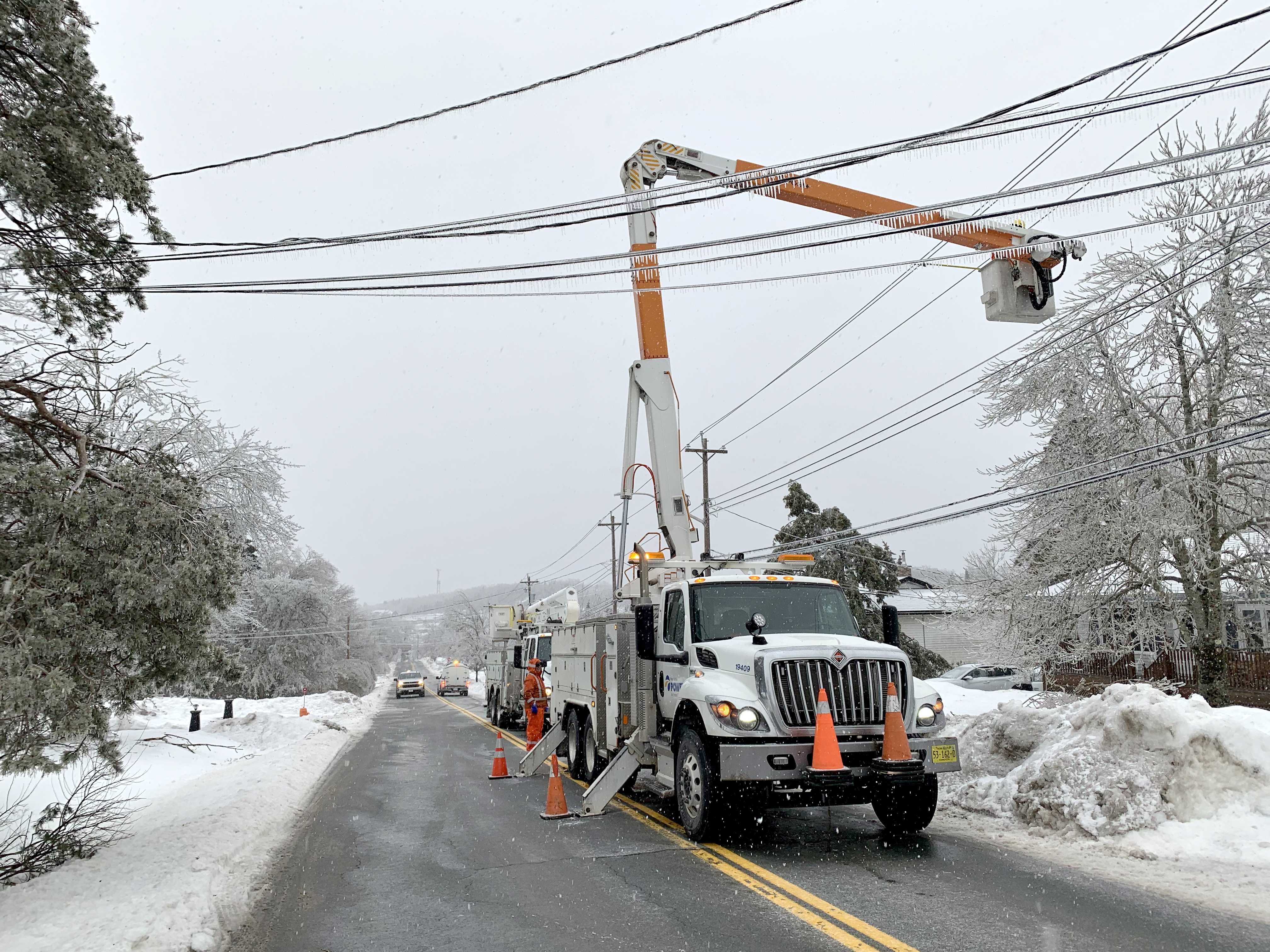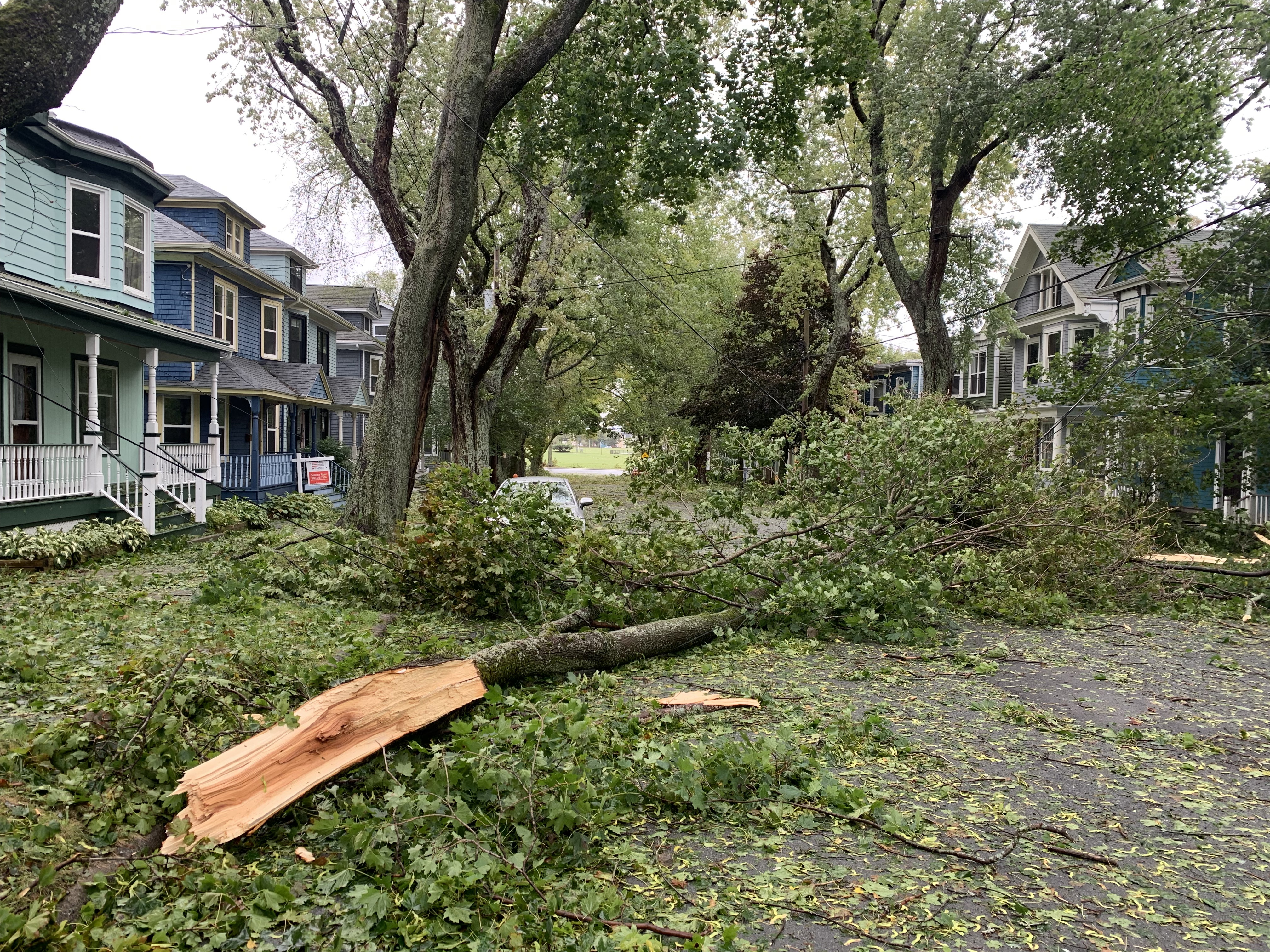You Asked, We Answer: EVs and bidirectional charging
Interest in electric vehicles has never been higher—and it’s no surprise. There’s a lot to love about driving electric. Despite their higher initial price tag, EVs are cheaper to own over time. And with gas prices at historic highs, they’re becoming even more appealing.
More importantly, driving electric helps you make an impact for the environment by reducing your carbon footprint from driving by 50 per cent. It’s why the Government of Canada has set a target that all new light-duty cars and passenger trucks will be zero-emission by 2035—with interim targets of 20 per cent by 2026 and 60 per cent by 2030. 
With more electric vehicles on the road every year, we’re planning for the future of electric mobility. It’s why we’re exploring bidirectional charging, as part of our Smart Grid Nova Scotia pilot. This new technology allows EV drivers to not only charge their EV battery, but to also use the energy stored in their battery to power a home or building, or to send power back to the grid. It can enable smarter EV charging to store energy during off-peak hours or when clean energy supply is high.
This technology can help EV drivers make an even bigger impact—for the environment and for our electrical grid. After posting our bidirectional charging blog post, you had some interesting questions about the technology, and we’re answering them right here.
How does bidirectional charging benefit customers and not just the grid (NS Power)?
Bidirectional charging will allow customers to power their homes or businesses with energy stored in their EV battery. This can be used as backup power in the event of an outage or to store energy when it’s cheapest to use it at a time when it’s more costly. By shifting energy use to when electricity demand is low, customers share in the benefits with the whole electrical grid.
Commercial customers will also be able to use this technology to reduce the electrical demand of their buildings, by supplying the buildings with the energy stored in their EV fleet at times of high demand. Lowering building demand for electricity helps to cut our reliance on fossil fuel generation.
Together, we can use more renewable energy by controlling when EVs charge and discharge to match the renewable energy supply available.
Is this technology available today?
As of right now, only a few EVs on the road have bidirectional charging capabilities, but many manufacturers are exploring the technology and certified charging equipment is emerging. In the future, we hope to provide both residential and commercial customers the opportunity to realize energy cost savings and lower their household emissions by participating in a bidirectional charging program.
Will bidirectional charging be costly in the long run with battery replacement?
 We continue to see advancements in battery technology, including some exciting work in our backyard at Dalhousie University. Battery chemistry has improved to the point where battery degradation is no longer a barrier to using the batteries in EVs for multiple purposes, including sending energy to and from the grid.
We continue to see advancements in battery technology, including some exciting work in our backyard at Dalhousie University. Battery chemistry has improved to the point where battery degradation is no longer a barrier to using the batteries in EVs for multiple purposes, including sending energy to and from the grid.
This is why we’re testing the technology—to maximize the benefits for all customers, while minimizing risk and ensuring we’re ready to integrate this exciting technology into our grid of the future.
As we work to integrate more clean energy technologies and modernize our grid, collaboration continues to be critical. We installed the first bidirectional charger at the NSCC campus in Middleton last March, as part of our continued and innovative partnership with the college. It’s the first in Atlantic Canada and one of the first in Canada—with more on the way soon!
Want to learn more about EV benefits? Visit our
Electric Vehicles page.
Share This Post:





 We continue to see advancements in battery technology, including some
We continue to see advancements in battery technology, including some 
